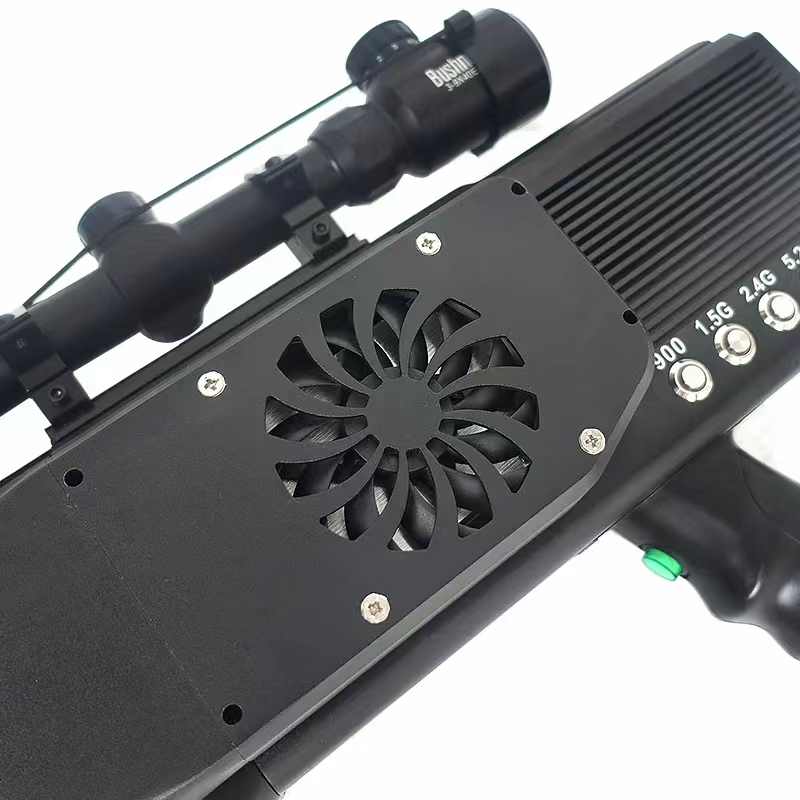
As drones are everywhere these days, it's important to have ways to stop them if they're flying where they shouldn't. That's where anti-drone antenna devices come in. These devices can detect drones, keep an eye on what they're doing, and stop if they're causing trouble. In this article, we're going to look at how these anti-drone antenna devices work across different radio frequencies: 900MHz, 1.5GHz, 2.4GHz, and 5.8GHz. Understanding these frequencies is key to setting up a system that can keep drones under control.
How Antennas Use Different Frequencies:
These anti-drone antennas operate at various frequencies to locate and deter drones. Each frequency has its own strengths and is suited to different ways of dealing with drones.
The Breakdown:
900MHz: This frequency is great for finding drones that are being controlled by signals in this range. It can also be used to jam their signals, stopping them in their tracks.
1.5GHz: Drones use this frequency for GPS, which helps them navigate. Antennas here can disrupt the drone's GPS, making it lose its way.
2.4GHz: Many drones use this frequency to communicate with their controllers. Antennas at this frequency can jam these signals, making it difficult for drones to get orders or send back data.
5.8GHz: Often used for sending video from the drone, antennas here can intercept this video, which can help identify who was flying the drone.
Setting Up Anti-Drone Antenna Devices:
To keep drones from being a problem, we need to set up devices that cover a lot of frequencies. This helps us find and stop drones no matter how they're trying to communicate.
Cover All Bases: Using devices that can hit multiple frequencies means we can catch more drones.
Work Together: When devices at different frequencies are connected to one system, they can work together to find, track, and stop drones.
Follow the Rules: There are rules about how and where we can use these devices. We need to make sure we're not causing trouble for other devices that need to use the same frequencies.
What's Coming Next:
The world of anti-drone technology is always improving. We can expect advancements like better signal handling, smarter systems that learn from AI, and devices that are smaller and easier to move around.
TAG:High Power Anti-Drone Antenna Device https://www.rfelement.com



